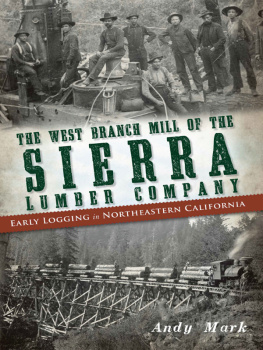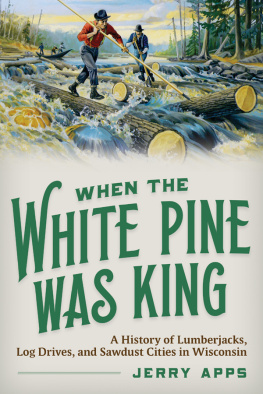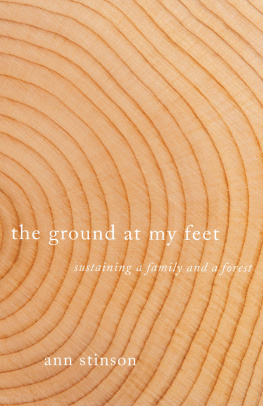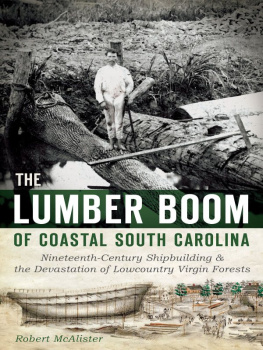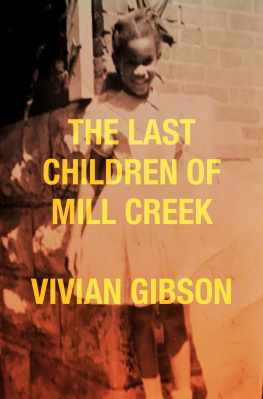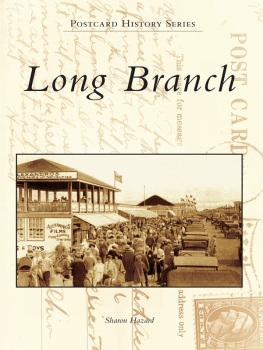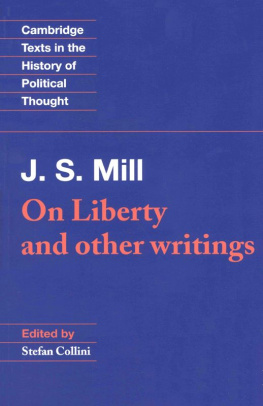

Published by The History Press
Charleston, SC 29403
www.historypress.net
Copyright 2012 by Andy Mark
All rights reserved
First published 2012
e-book edition 2012
Manufactured in the United States
ISBN 978.1.61423.729.7
Library of Congress CIP data applied for.
print ISBN 978.1.60949.741.5
Notice: The information in this book is true and complete to the best of our knowledge. It is offered without guarantee on the part of the author or The History Press. The author and The History Press disclaim all liability in connection with the use of this book.
All rights reserved. No part of this book may be reproduced or transmitted in any form whatsoever without prior written permission from the publisher except in the case of brief quotations embodied in critical articles and reviews.
CONTENTS
ACKNOWLEDGEMENTS
Most of all, I would like to thank my wife, Jill, for her support, patience and perceptive observations throughout the project. Her constant encouragement was crucial.
Special thanks to Dale Wangberg, his brother Rob and his mother, Ida, who were very generous with their photographic collection. Dale offered assistance in other ways, as well. Perry Sims also went out of his way to contribute a very important photo connected to my research.
George Thompson and his staff at California State University, Chico (CSUC), Special Collections, were a tremendous help. Deborah Besnard, in particular, directed me to some important photos, while other staff members accommodated my many requests to access rare resources. I would also like to thank Michael Watts and the staff in CSUCs microfilm room for their assistance. Scott Sherman, reference librarian at Tehama County Library, Red Bluff, was extremely gracious and helpful with his time. Kathleen Correia, supervising librarian of the history section of the California State Library, Sacramento, was very generous with photographic permission. Susan Snyder, head of public services at Bancroft Library, UC Berkeley, helped guide me through the process of obtaining some valuable photos from the Bancroft collection. The staff at the Gold Nugget Museum, in Paradise, helped with research and offered interesting information.
Lucy Sperlin and Nancy Brower, of the Butte County Historical Society, offered suggestions and located a photograph for me. Brett Nichols, from the Superior Court in Oroville, provided access to some very informative court records. Anna Ciesla, from Butte County Pubic Works, sent me reproductions of some very useful official Butte County maps.
Robyn Scibilio, site manager at Genetic Resource and Conservation Center (GRCC), Chico, gave me her time and some handouts describing the history of the GRCC. Michael Suplita, from the Center for Economic Development, CSUC, provided information about Enloe Medical Center employment numbers.
John Rudderow pointed me in the direction of some excellent flume references. Richard Burrill offered suggestions and provided some good background information, in general. My niece, Sue Fortner, clarified some questions I had about horses.
I would like to thank Aubrie Koenig, commissioning editor for The History Press, for her recommendations on how to improve the manuscript and assistance in submitting it. I also appreciate the effort that Darcy Mahan, project editor for The History Press, went through in helping me make it more presentable.
Glenn Dietz, Fred Young, Alzora Snyder and Ruth Hughes Hitchcock generously donated historical photos to California State University, Chico, Special Collections. Glenn Dietz donated photos to the Tehama County Library, at Red Bluff, as well.
The late John Nopel, a well-known and highly regarded Butte County historian, conducted extensive research on the flume and also donated photos to the university. His work was very much appreciated and made mine a lot easier.
Last, but not least, I would like to extend special appreciation to the preeminent logging historian, the late W.H. Hutchinson. As I combed through the many resources for my research, Hutchs name was referenced far more than anyone else. He was clearly the ultimate authority on old-time logging in northeastern California.
My apologies to anyone who provided assistance that I may have failed to acknowledge.
INTRODUCTION
Hidden below the steep, rocky walls of Big Chico Creek Canyon, located in the foothills east of Chico, California, lies a story of hardy men who, at the turn of the twentieth century, often risked life and limb to help shape the growing western frontier. Today, this country is mostly inaccessible by vehicle, except to Sierra Pacific Industries and the loggers who still carry on the tradition of harvesting trees to supply a perpetually hungry lumber economy.
Much has been written about logging in California, in general, but the West Branch Mill operations in this canyon have received relatively little attention, except for photographs that have been handed down to descendants of those bygone times, who have, in turn, made them available to the public. The lack of detailed information about the mill is somewhat surprising, however, considering that at one time, it was reported that the lumber company paid out more money for labor than any other industry in Butte County, primarily because of the West Branch Mill.
I spend quite a bit of my leisure time mountain biking and hiking in the canyon. Since I have an interest in local history, it was just a matter of time before I wanted to know more about this large mill built along the creek that operated over one hundred years ago. Fortunately, Butte County historians W.H. Hutchinson and John Nopel gave me a starting point, and I took it from there. I felt the only way to get unique stories about this place was to literally go back in time by reading what the newspapers then had to say about it. These news clippings that I collected from countless hours of scanning through microfilm make up the bulk of my resource materials.
This book focuses on the West Branch Mill but begins with logging in northeastern California in general in the years prior to the canyon lumber operations. It ends with the national concern over forest devastation that resulted from uninhibited logging practices that actually began in the eastern states but rapidly spread westward.
The stories in between are not just about the mill, although they are always related to it in some way or another. For instance, the valley town of Chico is well represented. The rough-cut lumber from the mill was sent down a twenty-five-mile-long flume to the Chico factory, which specialized in fruit box and tray stock and more. Injured loggers were sometimes sent in makeshift boats down this same waterway in order to receive the best medical attention in the valley. There was essentially only one way to get to the mill from the valley, and that was on the Humboldt Wagon Road, whose hard, bumpy surface, especially at the beginning of the foothills, made for an exhausting trip on the stage.
There are plenty of engaging people in the book. Perhaps the most well known MD in northern California history, Dr. Newton T. Enloe, began his California practice as the resident physician for this mill. I hope to show that some lesser-known individuals, such as mill superintendents Barney Cussick and Frank Thatcher, were also heroes in their own right. John Bidwell, Chicos founder and principal landowner, plays a significant role in this book too.
Sit back and relax. Read how the West was won from a vegetative viewpoint. The jackies were a lively bunch, and youll have a whole new perspective on what it was like to live in the foothills of northeastern California at the turn of the twentieth century.
Next page
